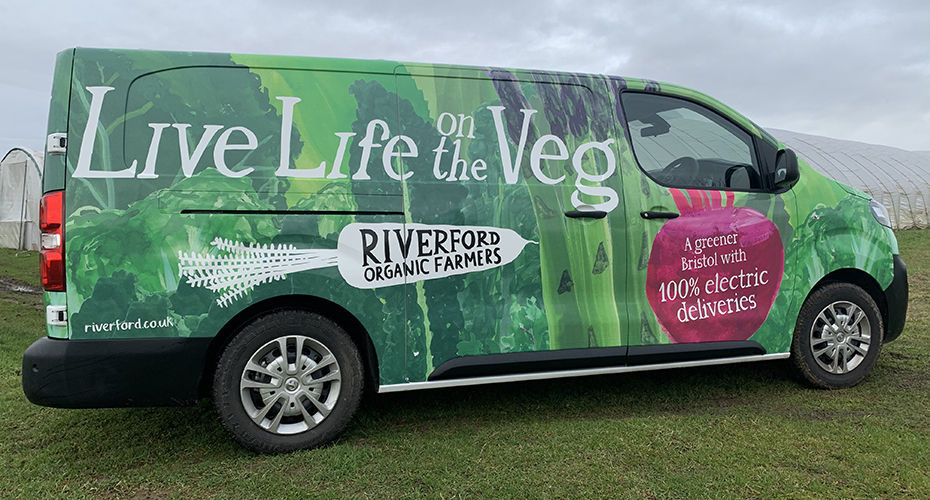Riverford Organics - Centre for Energy and the Environment
Riverford Organics - Centre for Energy and the Environment
The Centre for Energy and the Environment’s relationship with Riverford Organics Ltd. started in 2006 when a Knowledge Transfer Partnership was established to examine ways in which the company could reduce its energy demand and account for its carbon emissions.
Riverford processes and deliver over 80,000 boxes a week to homes around the UK. The boxes contain organic fruit and vegetables as well as meat, dairy and more. The food is either grown at its own farms or bought from a network of growers and suppliers, including from abroad.
The Centre has worked with Riverford every year since 2017 to establish its carbon footprint. This requires the creation of a greenhouse gas (GHG) inventory based on the principles of ISO 14064-1, which classifies emissions into three broad groups; Scope 1 (activities owned or controlled by Riverford, e.g. combustion in owned boilers or vehicles), Scope 2 (emissions associated with the consumption of purchased electricity) and Scope 3 (emissions that are a consequence of Riverford’s actions, which occur at sources which are not in ownership or control by Riverford, for example business travel by means other than company vehicles, waste disposal, or purchased materials).
The Centre has also undertaken specific pieces of work to understand the economic and environmental implications of replacing diesel delivery vans with electric variants, and for replacing single-use plastic pallet wrap with potential alternatives.
In the case of the delivery vans, a review of the current technologies and models available was undertaken to understand the impact of factors like vehicle range, charging infrastructure, payload and maintenance requirements on Riverford’s operations. Scenarios were created based on matching Riverford’s delivery routes to appropriate and commercially available electric vans.
For plastic pallet wrap used at Riverford, several alternative approaches were considered for both “machine wrap”, where pallets are loaded prior to being loaded onto outgoing delivery lorries, and “hand wrap” which is used for internal pallet movements. These alternatives were classified into different product types, namely lower impact single-use plastics, and reusable products including lid systems, wrap systems, and bands. Replacing the current wrap with lower impact single-use plastics would enable a more business as usual operation, and would save 33% (machine wrap) and 67% (hand wrap) of emissions annually. Reusable solutions have been shown to be capable of both deeper reductions in GHG emissions, and greater financial savings. Emissions reduction of over 90% may be achievable for machine wrap, or 80% if shortened effective lifetimes of the products are assumed. For hand wrap, emissions could be almost entirely eliminated. In total, the most optimistic scenarios could reduce GHG emissions by 54 tCO2e annually with over £40,000 per year potential savings on average.
The work produced by the Centre is being used by Riverford to make strategic decisions to reduce its GHG emissions.

